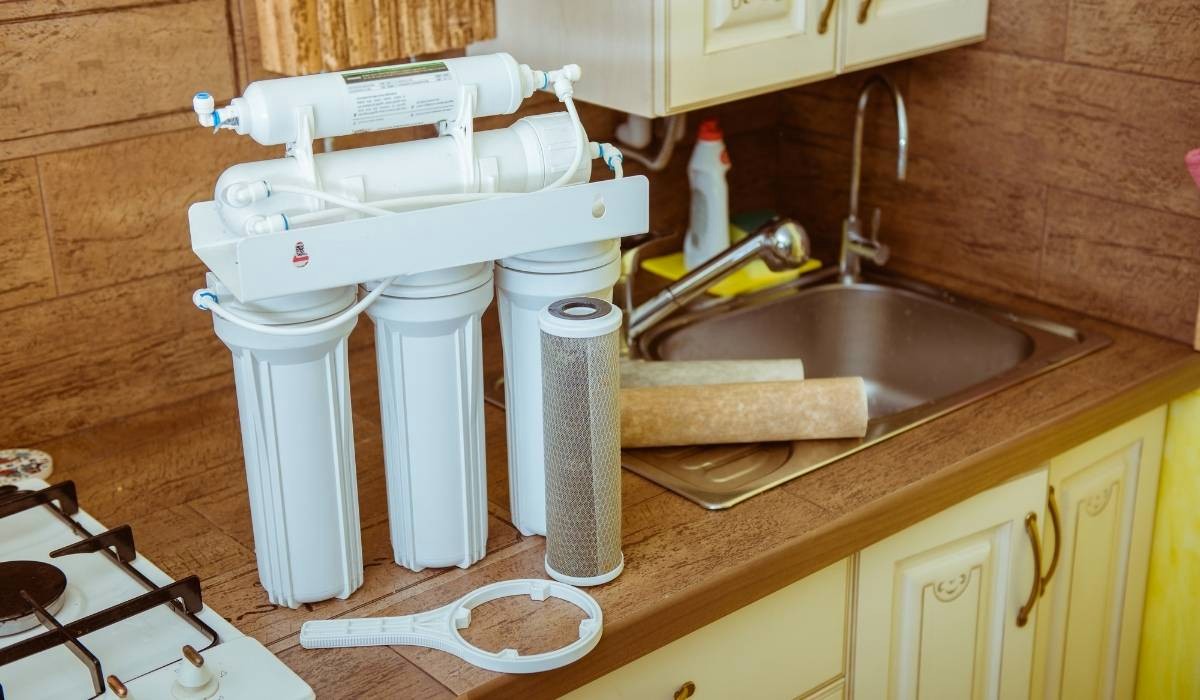Importance and Uses of Reverse Osmosis: Essential Points

Humans cannot function without regularly ingesting water. At least 70 percent of Earth’s surface is covered by water. However, due to contamination, this water is unsafe for human consumption. Therefore, to get distilled water, reverse osmosis in conjunction with desalination is required. Using a straining process called reverse osmosis, salts may be removed from both saltwater and brackish water.
Its discovery began in earnest in 1950. This is done in order to filter the water. Reverse osmosis raises the bar for the quality and purity of the water supplied to homes and businesses alike. One widespread use is in the process of desalinating ocean water.
The Reverse Osmosis Method of Desalination
Reverse osmosis is a procedure that helps get rid of a wide variety of suspended and dissolved organisms in water. It helps get rid of bacteria and other unwanted contaminants in the water. To reverse the osmotic pressure brought on by all of the chemical potential solvents, pressure is used during the desalination process of reverse osmosis. Pressure is used to achieve this goal.
A highly concentrated version of the solute is obtained by forcing the solute solution across a membrane that is only partly permeable, allowing the solvent to flow through but leaving the solute behind. To further understand the scenario, you may find it useful to think of salty water as the solution, water as the solvent, and salt as the solute.
Reverse osmosis: why it matters in the modern world
In order to ensure a steady supply of drinkable water, this resource must be used.
Reverse osmosis removes impurities from water, including iron, potassium, and zinc, and is therefore employed in many commercial and industrial settings on a big scale. This reduces pressure on the region’s limited water supplies.
Having access to clean water may help countries who are suffering from a water shortage owing to infrastructural problems or budgetary difficulties lessen the amount of diseases caused by drinking contaminated water.
- Desalination plants that employ reverse osmosis to remove salt from saltwater for use in agriculture and industry.
- Helps in the processes of recycling water contaminated by metal-protection chemicals.
- Fruit juices and other food liquids are concentrated at every step.
- Useful in helping to purify water with a high content of fluoride.
- Provide your services to help power plants remove minerals from boiler water.
Introducing a remarkable byproduct born from the innovative reverse distillation process – a true game-changer in the world of wastewater and industrial purification. This extraordinary creation has found its place in the hearts of the wastewater industry and various industrial settings, where the quest for pristine, drinkable water is paramount.
Using the Options for Reverse Osmosis
Introducing reverse osmosis, the revolutionary method of desalination that has taken the world by storm! With its remarkable ability to recycle and conserve resources, this cutting-edge technology is hailed for its incredibly low environmental impact. Say goodbye to traditional desalination methods and embrace the sustainable future with reverse osmosis!
Conclusion
Say goodbye to concerns about harmful chemicals, as our water is meticulously crafted without any chemical treatment. Experience the peace of mind that comes with knowing that every drop is not only suitable for drinking, but also perfect for cooking and any other commercial applications. Trust in our process to deliver water that exceeds expectations, setting a new standard for excellence.







